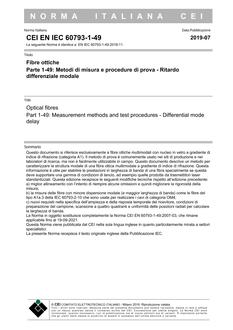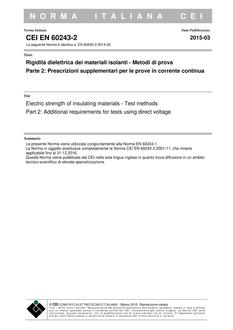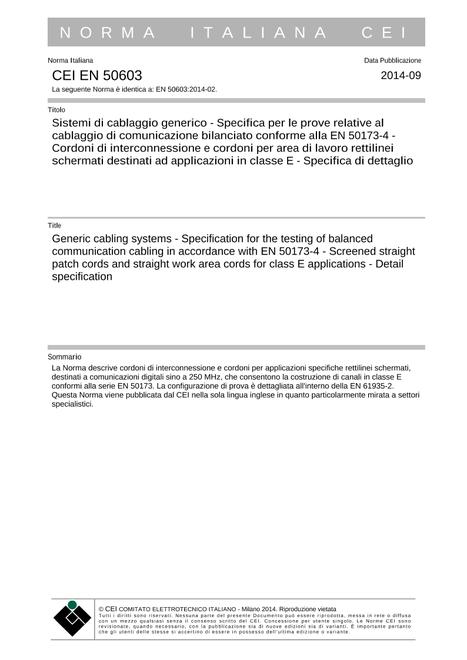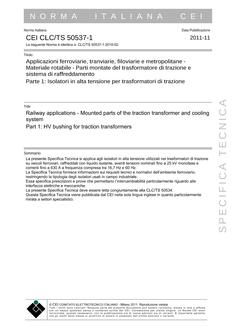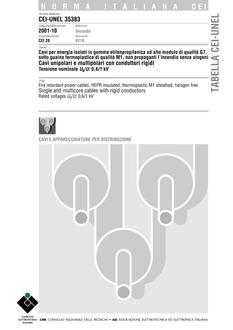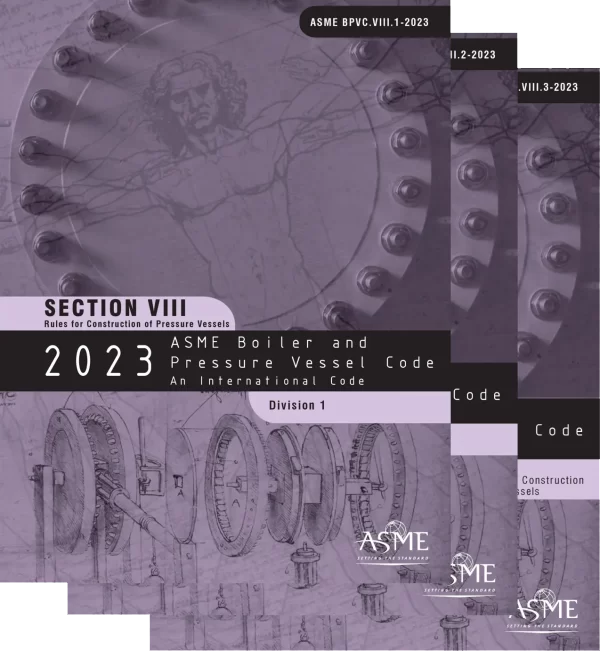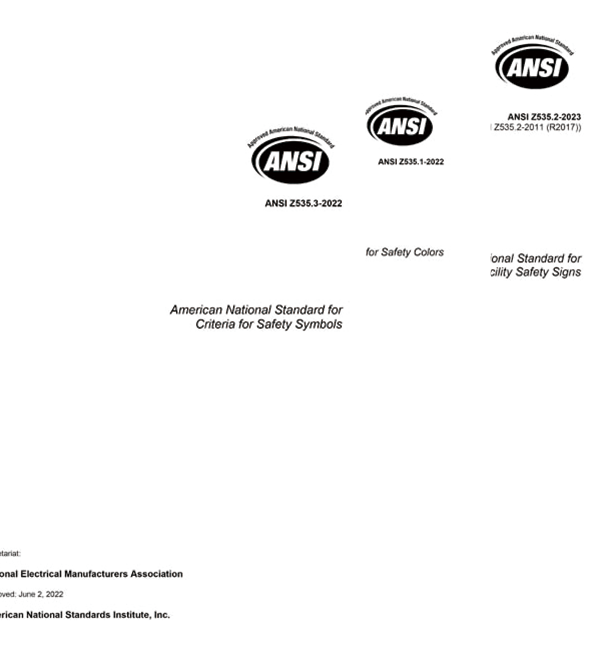CEI EN IEC 60793-1-49
2019
Optical fibres Part 1-49: Measurement methods and test procedures – Differential mode delay
- Format:
- Language(s) :
- Published :
- English
- 07/01/2019
This part of IEC 60793 applies only to multimode, graded-index glass-core (category A1) fibres. The test method is commonly used in production and research facilities, but is not easily accomplished in the field.
This document describes a method for characterizing the modal structure of a graded-index multimode fibre. This information is useful for assessing the bandwidth performance of a fibre especially when the fibre is intended to support a range of launch conditions, for example, those produced by standardized laser transmitters.
With this method, the output from a probe fibre that is single-moded at the test wavelength excites the multimode fibre under test. The probe spot is scanned across the end-face of the fibre under test at specified radial positions, and a set of response pulses are acquired at these positions.
Three specifiable parameters can be derived from the collected set of data.
• The first parameter, differential modal delay (DMD), is the difference in optical pulse delay time between the fastest and slowest mode groups of the fibre under test. DMD specifications place limits on modal delay over a specified range of probe fibre radial offset positions. DMD specifications are determined by modeling and experimentation to correspond to a minimum effective modal bandwidth (EMB) for the expected range of transmitters used in a link at a given performance level.
• The second specifiable parameter is derived by combining the pulses using sets of specific radial weights to determine an approximation of a set of pulses from typical transmitters. Using Fourier transforms, the calculated effective modal bandwidth (EMBc) is determined for each weight set. The minimum of these EMBc values (minEMBc) is the specifiable parameter.
• The third specifiable parameter, the computed overfilled launch bandwidth, OMBc, is determined in a manner similar to EMBc, but by applying just one weight set to the set of pulses; this weight set corresponds to the overfilling condition, where all mode groups are equally excited.
The test's intent is to quantify the effects of interactions of the fibre modal structure and the source modal characteristics excluding the source's spectral interaction with fibre chromatic dispersion. Adding the effects of fibre chromatic dispersion and the source spectral characteristics will reduce the overall transmission bandwidth, but this is a separate calculation in most transmission models. In this test, the contribution of chromatic dispersion is controlled by limiting the spectral width of usable test sources. Practical test sources will have non-zero spectral width and will thus slightly distort the DMD, minEMBc and OMBc values. These chromatic dispersion effects are considered in Annex A.
NOTE Comparison between IEC 60793-1-49 and ITU recommendations: ITU-T Recommendation G.650.1 [2] contains no information on how to measure the DMD of a graded-index multimode fibre.
| CEI EN IEC 60793-1-49 | |
|---|---|
| STANDARD INFO: | |
| Standard Name | CEI EN IEC 60793-1-49 |
| Scope | Optical fibres Part 1-49: Measurement methods and test procedures - Differential mode delay |
| Publisher | CEI - Comitato Elettrotecnico Italiano |
| Languages | English |
| State | [ Active ] |
| Publication Year | 2019 |
| Most recent Version | MOST RECENT |
| Whether to be replaced | |
| Addendum | |
| FILE INFO: | |
| Edition | 19 |
| File Size | 1 file , 690 KB |
| Number of Pages | 48 |
| Published | 07/01/2019 |
| CEI EN IEC 60793-1-49 | ||
|---|---|---|
| History | Publisher Year | |
| CEI EN IEC 60793-1-49 | 2019 | Current |
| CEI EN 60793-1-49 | 2007 |
Related products
- Format:
- Language(s) :
- Published :
- English
- 03/01/2015
$17
- Format:
- Language(s) :
- Published :
- English
- 09/01/2014
$11
- Format:
- Language(s) :
- Published :
- English
- 11/01/2011
$17
- Format:
- Language(s) :
- Published :
- Italian
- 10/01/2001
$13

Over 3,000,000 global standards
Our standards library is extensive, with over 2 million documents, ensuring we meet the needs of various industries. Whether it’s ASME, DIN, ASTM or ISO and other internationally recognized standards, we offer complete documents and the latest versions to help customers adhere to industry regulations in their projects. Whether your needs are technical standards, regulatory requirements, or design guidelines, our standards library provides comprehensive support.
24 online customer service
Our team includes up to 50 engineers from fields such as healthcare, electronics, and construction, who can answer your technical questions and ensure you find the correct and accurate standard documents. We are dedicated to helping you find the best solution that meets your needs.

Thanks to the StandardsClub customer service team for helping me find the ASME BPVC-2023 SET I was looking for in a high-quality PDF version. Their assistance was excellent, and the document quality exceeded my expectations!
This standard document is very detailed, covering all relevant technical points, and provides comprehensive guidance for my project. The ANSI/NEMA Z535 SET was exactly what I needed, and I am very satisfied with the quality!
The purchasing process was straightforward, the price was very competitive, and the download was quick. The Tissue Engineering Standards Addressing Product Quality and Characterization Package was of excellent quality and provided all the information I needed. Definitely a great value for the price!
“Got questions? Our professional customer service is ready to assist you anytime. Whether it’s finding documents, getting discounts, or navigating the purchase process, let us help you get the standards you need!”

Sign Up Our Newsletter
Don’t miss out! Subscribe now to get exclusive offers and industry insights!
We care about your data in ou privacy policy.

